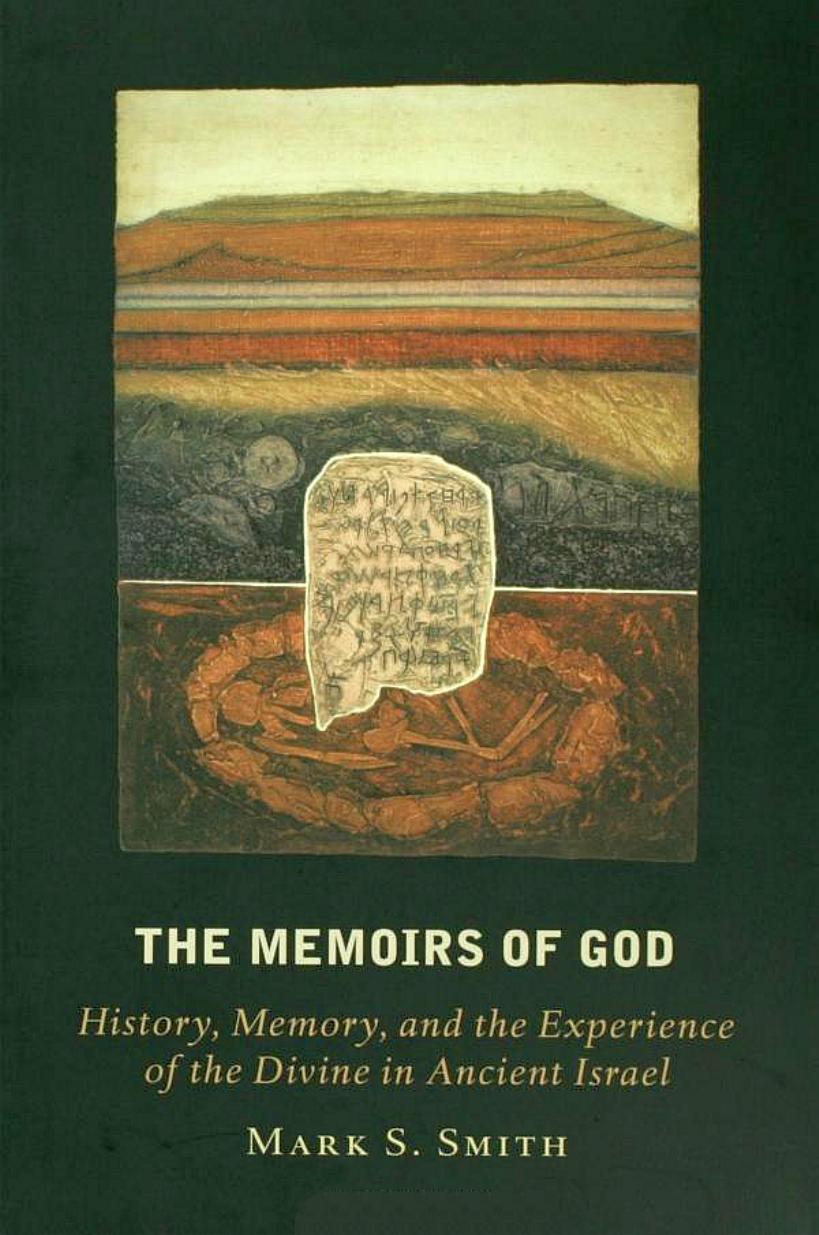Memoirs of God by Mark S. Smith

Author:Mark S. Smith [Smith, Mark S.]
Language: eng
Format: epub, pdf
Published: 2008-01-03T16:06:00+00:00
PLACE: VERTICAL SPACE
Heaven
PLACE: HORIZONTAL SPACE
SUPERNATURAL
Just as the center bears a subdivision, the periphery likewise shows a distinction between what humans experience in the periphery and what lies beyond this periphery. This distinction is expressed spatially:
In contrast to "home," the periphery or "outback" is characterized as a terrain of "rocks and brush." The outback marks a marginal or transitional zone and the site of human activities such as grazing and hunting; here begins the area of dangerous forces. Accordingly, in the cosmic geography of the Baal Cycle, the "outback" designates the place where Baal meets the god Mot (Death) at the edge of the underworld. The "outback" is also the site where Baal's foes are to be given birth and to confront him.
Divisions apply not only to cosmic space, but also to divine powers. Broadly speaking, the most fundamental division involves deities who meet human needs on the one hand, and on the other hand monstrous divinities who pose a threat to humans. Well-being, including fertility at various levels, was thought to derive from a number of deities. In contrast, monstrous divine powers were thought to provide no benefit, but only a threat to human well-being from the periphery. It is true that some deities violate this distinction. Let me give two examples. The monstrous enemy Sea (Yamm) is included in a list of otherwise beneficial deities (CAT 1.47.30 = 1.118.29). The inclusion of Yamm is understandable in view of Ugarit's special orientation to the sea. For the second example, we may turn to the goddess Anat, who shows an intensely violent side. Often her violence is directed against enemies to the benefit of the center (for example, CAT 1.3 II), but she occasionally exceeds such a positive purpose and strikes the hero of the story, as in the case of Aqhat (CAT 1.17 VI). Anat's character embodies a fundamental perception about the complex dimensions of divine violence, potentially dangerous not only to enemies but occasionally also to the community. Such cases as Yamm and Anat play off the general presumption about the destructive nature of cosmic monsters and the beneficent character of deities. These exceptions additionally show that deities are not simple constructs, but rather complex expressions of character. We could discuss some further examples of deities who show multiple sides, but they do not really undermine the general distinction between beneficial deities and monstrous enemies.
In terms of their representation, we see another basic difference. Benevolent deities are often rendered anthropomorphically, while destructive divinities appear as monstrous in form. In fact, theriomorphic (beast-form) representations reflect the dichotomy between deities and cosmic enemies. Cosmic enemies are monstrous or undomesticated in character, while the animals associated with benevolent deities (what have been called "attribute animals") generally reflect cultural domestication. This fundamental set of distinctions maybe schematized in the following manner:
Download
This site does not store any files on its server. We only index and link to content provided by other sites. Please contact the content providers to delete copyright contents if any and email us, we'll remove relevant links or contents immediately.
| Buddhism | Christianity |
| Ethnic & Tribal | General |
| Hinduism | Islam |
| Judaism | New Age, Mythology & Occult |
| Religion, Politics & State |
Cecilia; Or, Memoirs of an Heiress — Volume 1 by Fanny Burney(31332)
Cecilia; Or, Memoirs of an Heiress — Volume 3 by Fanny Burney(30934)
Cecilia; Or, Memoirs of an Heiress — Volume 2 by Fanny Burney(30889)
The Secret History by Donna Tartt(16621)
Sapiens: A Brief History of Humankind by Yuval Noah Harari(13052)
Leonardo da Vinci by Walter Isaacson(11901)
The Radium Girls by Kate Moore(10907)
Sapiens by Yuval Noah Harari(4536)
The Wind in My Hair by Masih Alinejad(4424)
How Democracies Die by Steven Levitsky & Daniel Ziblatt(4398)
Homo Deus: A Brief History of Tomorrow by Yuval Noah Harari(4278)
Endurance: Shackleton's Incredible Voyage by Alfred Lansing(3840)
The Silk Roads by Peter Frankopan(3759)
Man's Search for Meaning by Viktor Frankl(3631)
Millionaire: The Philanderer, Gambler, and Duelist Who Invented Modern Finance by Janet Gleeson(3568)
The Rape of Nanking by Iris Chang(3516)
Hitler in Los Angeles by Steven J. Ross(3435)
The Motorcycle Diaries by Ernesto Che Guevara(3332)
Joan of Arc by Mary Gordon(3257)
